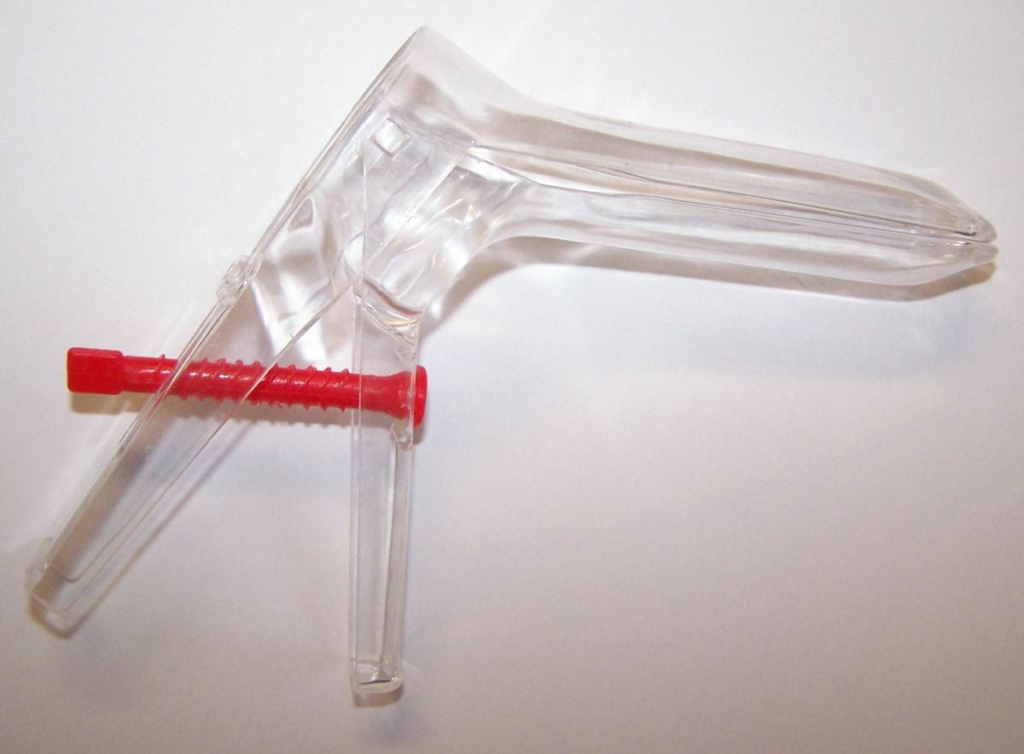
Performing regular genital exams can help you better understand your body and learn what is normal for it. These exams can show you the physical changes that occur throughout the menstrual cycle. Regular self-exams are important because they increase the likelihood of discovering physical changes and abnormalities. This is important so that any changes can be discussed with a physician in a timely manner. Remember, the earlier a problem is detected and treated, the more likely it can be successfully controlled or cured. Female genital self-exams are key to early detection.1 However, self-exams should not replace annual pelvic exams performed by your gynecologist. These annual exams include Pap smears and other diagnostic tests designed to detect microscopic changes that cannot be found through self-examination.2
Steps for a Self-Exam
The best time for a genital self-exam is between menstrual periods. Vaginal creams and douches should not be used within 24 hours before self-examination. A self-exam is best performed with a handheld mirror and small flashlight.

1. Wash your hands and remove clothing below the waist.
2. Sit down with your back supported by a wall or pillows. Bend your knees so that your feet are near your buttocks. Then, spread your knees apart.
3. Keep your pelvic muscles relaxed during the self-exam to minimize your discomfort.

4. Hold the mirror in front of your genitals, and take some time to familiarize yourself with the appearance of your vulva (external female genitalia). Refer to the diagram on the right to identify the different structures of the vulva. See how these structures look when you are in different positions, including sitting, lying down, and standing. The vulva consists of the outer and inner labia, which are the fleshy lips of the vulva, and the clitoris, which is the main area stimulated during sexual activity. Urination occurs through the urethral opening while vaginal penetration occurs through the vaginal opening.2
5. Look at the different coloration and size of each part of the vulva; note that these physical features temporarily change with sexual arousal. For example, the clitoris and labia minora become enlarged and deepen in color because of the increase of blood flow to the genitals. The clitoral hood may also retract to expose more of the clitoris. The changes should subside within a few hours following sexual activity. Inform your healthcare provider if any significant changes in genital appearance occur.

6. Spread the vaginal lips with one hand, and use the light and mirror with the other to look into the vagina. It may be easier to prop up the mirror and reflect the light off of it. The vagina has reddish pink walls with small folds throughout.
7. Once you feel comfortable and ready, place a finger inside your vagina and feel the inside walls. The inside of the vagina has a ridge-like surface similar to the feel of the roof of your mouth. Inform your doctor if there are sores or growths along the vaginal wall. To feel the cervix, try squatting while gently pushing your finger deep into your vagina. The cervix feels similar to the tip of your nose. Feeling comfortable inserting your finger into your vagina can help you decide if barrier methods like the contraceptive sponge and diaphragm (both of which are inserted into the vagina) are right for you.3
8. Next, examine your vaginal discharge. Healthy discharge is usually clear to cloudy white and undergoes small changes during different stages of the menstrual cycle. However, discharge should not have a foul-smelling odor. If it does, you should contact your healthcare provider.2
9. If you feel any abnormal lumps or notice any other changes in your genitals, be sure to contact a healthcare professional immediately to schedule a physical exam.

Remember that even though genital self-exams are an important part of understanding your body and noticing abnormal changes, they should never replace regular pelvic exams from a healthcare provider.
References
1. “Genital Self-Examination.” WebMD. N.p., 16 Nov. 2012. Web. 21 Aug. 2014.
2. “Vaginal Self-Examination (VSE).” WebMD. N.p., 28 Jan. 2012. Web. 21 Aug. 2014.
3. Wiseman, Kat. “How To: Female Genital Self-Examination – OfficialJane.” OfficialJane. N.p., 4 Aug. 2014. Web. 21 Aug. 2014.
Last Updated: 18 August 2014.
